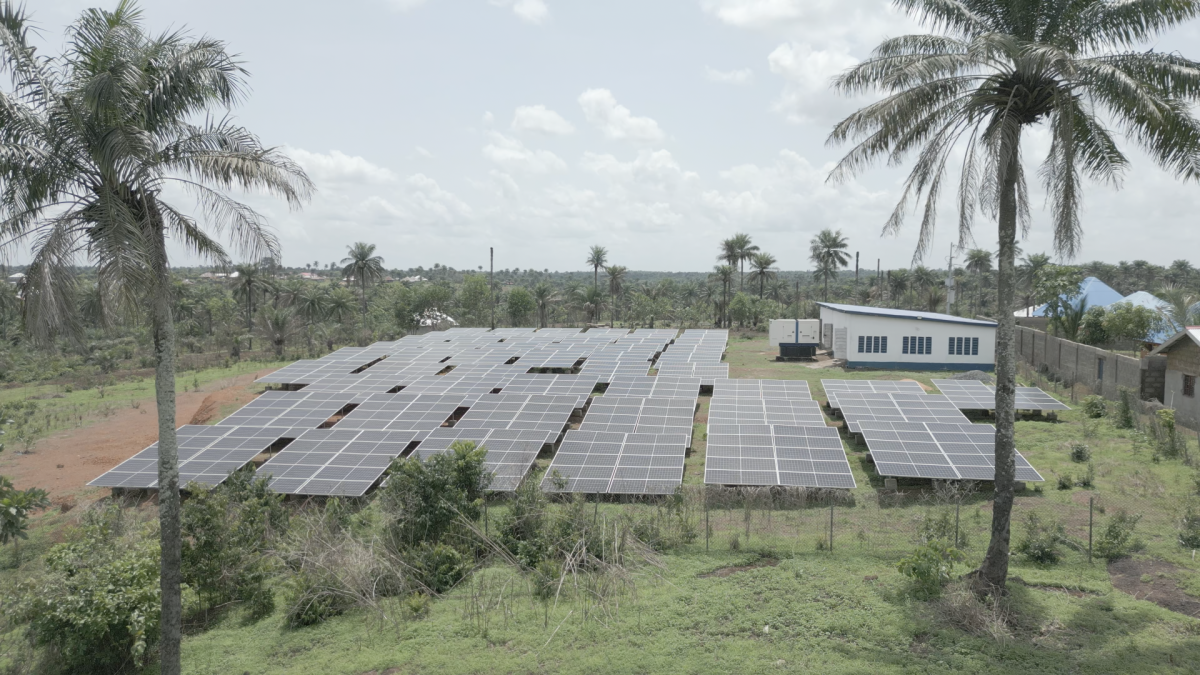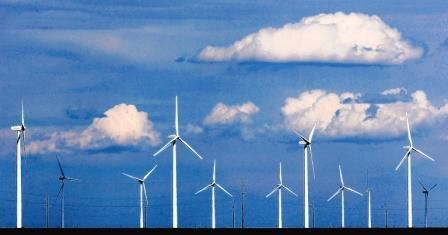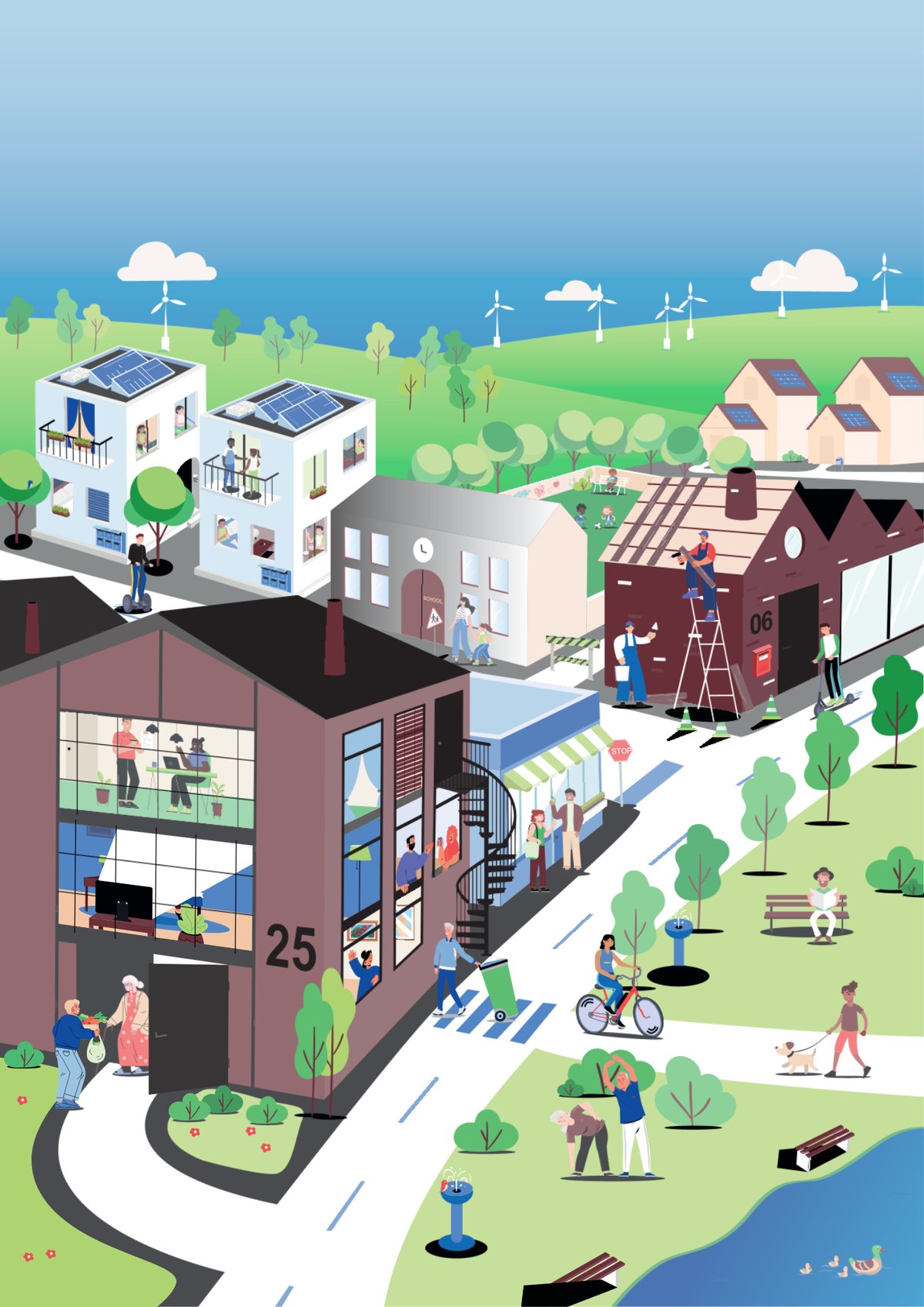Report on the SOGREA Initiative’s Investment Facility for Green Mini-Grids in Sierra Leone and its Alignment with Sustainable Development Goals
Executive Summary
The Scaling up Off-Grid Renewable Energy in Agriculture (SOGREA) initiative has launched a significant investment facility valued at €22 million. This facility is dedicated to accelerating the deployment of green mini-grids across Sierra Leone. The project is strategically designed to advance multiple Sustainable Development Goals (SDGs) by leveraging clean energy to foster socio-economic development, particularly within the agricultural sector.
Primary Objectives of the Initiative
The core objectives of the €22 million investment facility are centered on sustainable development and energy access. Key goals include:
- To expedite the installation and operation of renewable energy mini-grids in underserved and off-grid communities.
- To enhance energy access for productive use, with a specific focus on boosting agricultural productivity and value chains.
- To attract private sector investment into Sierra Leone’s renewable energy market.
- To create a scalable and replicable model for rural electrification that directly supports the achievement of the SDGs.
Direct Contribution to Sustainable Development Goals (SDGs)
The SOGREA initiative is fundamentally aligned with the 2030 Agenda for Sustainable Development. Its impact is projected across several interconnected goals:
- SDG 7: Affordable and Clean Energy: The project’s primary focus is to ensure access to affordable, reliable, sustainable, and modern energy for all. By deploying green mini-grids, it directly addresses Target 7.1 (universal access to energy) and Target 7.2 (increasing the share of renewable energy).
- SDG 2: Zero Hunger: By providing reliable power to the agricultural sector, the initiative aims to improve food security. This energy will support irrigation, food processing, and cold storage, thereby increasing agricultural productivity and reducing post-harvest losses, contributing to Target 2.3 (double agricultural productivity) and Target 2.4 (sustainable food production).
- SDG 8: Decent Work and Economic Growth: Access to electricity is a catalyst for local economic development. The initiative will foster entrepreneurship, enable the growth of small and medium-sized enterprises (SMEs), and create jobs in both the energy and agricultural sectors, supporting Target 8.3 (promote development-oriented policies that support job creation).
- SDG 1: No Poverty: By enhancing agricultural incomes and creating new economic opportunities, the project serves as a critical tool for poverty reduction in rural communities, directly contributing to Target 1.1 (eradicate extreme poverty).
- SDG 13: Climate Action: The “green” nature of the mini-grids, powered by renewable sources, ensures that the expansion of energy access does not increase greenhouse gas emissions. This directly supports national climate commitments and contributes to global efforts under SDG 13.
Broader Socio-Economic Impacts and SDG Linkages
Beyond the primary goals, the project is expected to generate widespread benefits that advance other critical SDGs.
- SDG 5 (Gender Equality): Electrification can reduce the domestic burden on women and girls and create new opportunities for female entrepreneurship.
- SDG 9 (Industry, Innovation, and Infrastructure): The deployment of mini-grids constitutes the development of resilient and sustainable infrastructure, essential for long-term development.
- SDG 11 (Sustainable Cities and Communities): By improving living standards and economic prospects in rural areas, the project helps create more inclusive and sustainable communities, reducing the pressure for urban migration.
Conclusion
The launch of the €22 million SOGREA investment facility represents a pivotal step for Sierra Leone in its pursuit of sustainable development. By integrating clean energy solutions with agricultural and economic development, the initiative provides a comprehensive framework for achieving multiple SDGs simultaneously. It stands as a model for how targeted investment in renewable energy infrastructure can unlock profound and lasting socio-economic and environmental benefits for rural populations.
Analysis of SDGs, Targets, and Indicators
-
Which SDGs are addressed or connected to the issues highlighted in the article?
The article’s title and metadata highlight issues directly connected to several Sustainable Development Goals. The primary focus on “Sustainable Energy for All,” “Green Mini-Grid Deployment,” and an “Investment Facility” in Sierra Leone links to the following SDGs:
- SDG 7: Affordable and Clean Energy: This is the most central SDG, as the initiative’s explicit goal is to provide “Sustainable Energy for All” through “Green Mini-Grids.”
- SDG 9: Industry, Innovation and Infrastructure: The deployment of mini-grids represents the development of sustainable and resilient energy infrastructure.
- SDG 13: Climate Action: The emphasis on “Green” mini-grids indicates the use of renewable energy sources, which is a key strategy for climate change mitigation.
- SDG 17: Partnerships for the Goals: The launch of a “€22 Million Investment Facility” by the SOGREA Initiative exemplifies a partnership to mobilize financial resources for sustainable development.
-
What specific targets under those SDGs can be identified based on the article’s content?
Based on the initiative described, several specific SDG targets can be identified:
- Target 7.1: By 2030, ensure universal access to affordable, reliable and modern energy services. The deployment of mini-grids in Sierra Leone is a direct effort to expand energy access to underserved communities.
- Target 7.2: By 2030, increase substantially the share of renewable energy in the global energy mix. The term “Green Mini-Grid” implies that the project will increase the proportion of renewable energy in Sierra Leone’s energy supply.
- Target 7.a: By 2030, enhance international cooperation to facilitate access to clean energy research and technology… and promote investment in energy infrastructure and clean energy technology. The €22 million investment facility is a clear example of promoting investment in clean energy infrastructure.
- Target 9.1: Develop quality, reliable, sustainable and resilient infrastructure… with a focus on affordable and equitable access for all. The mini-grids are a form of sustainable energy infrastructure designed to provide equitable access.
- Target 13.a: Implement the commitment undertaken by developed-country parties… to a goal of mobilizing jointly $100 billion annually… to address the needs of developing countries in the context of meaningful mitigation actions. The investment facility represents a form of climate finance aimed at mitigation by promoting green energy.
- Target 17.3: Mobilize additional financial resources for developing countries from multiple sources. The €22 million facility is a mobilized financial resource dedicated to a developing country (Sierra Leone).
-
Are there any indicators mentioned or implied in the article that can be used to measure progress towards the identified targets?
The article’s title provides a specific, quantifiable indicator and implies others that can be used to measure progress:
- Amount of financial investment: The article explicitly states a “€22 Million Investment Facility.” This figure serves as a direct indicator for measuring financial flows towards clean energy (relevant to Targets 7.a, 13.a, and 17.3). It measures the financial resources mobilized.
- Number of green mini-grids deployed: While not providing a specific number, the goal to “Accelerate Green Mini-Grid Deployment” implies that the number of mini-grids installed will be a key performance indicator for the project’s success in building infrastructure (Target 9.1).
- Increased access to electricity: The ultimate goal of deploying mini-grids is to provide energy access. Therefore, an implied indicator is the number of households, businesses, or people in Sierra Leone who gain access to electricity as a result of this initiative (Target 7.1).
- Share of renewable energy: The focus on “Green” mini-grids implies that a relevant indicator would be the resulting increase in the percentage of renewable energy in Sierra Leone’s national or local energy mix (Target 7.2).
SDGs, Targets, and Indicators Summary Table
| SDGs | Targets | Indicators |
|---|---|---|
| SDG 7: Affordable and Clean Energy |
7.1: Ensure universal access to affordable, reliable and modern energy services. 7.2: Increase substantially the share of renewable energy. 7.a: Promote investment in energy infrastructure and clean energy technology. |
– Number of people/communities in Sierra Leone gaining access to electricity (Implied). – Increase in the share of renewable energy in Sierra Leone’s energy mix (Implied). – The €22 million investment mobilized for clean energy (Mentioned). |
| SDG 9: Industry, Innovation and Infrastructure | 9.1: Develop quality, reliable, sustainable and resilient infrastructure. | – Number of green mini-grids deployed in Sierra Leone (Implied). |
| SDG 13: Climate Action | 13.a: Mobilize climate finance to address the needs of developing countries for mitigation actions. | – The €22 million investment facility as a form of climate finance for mitigation (Mentioned). |
| SDG 17: Partnerships for the Goals | 17.3: Mobilize additional financial resources for developing countries from multiple sources. | – The €22 million investment facility as a mobilized financial resource (Mentioned). |
Source: seforall.org







